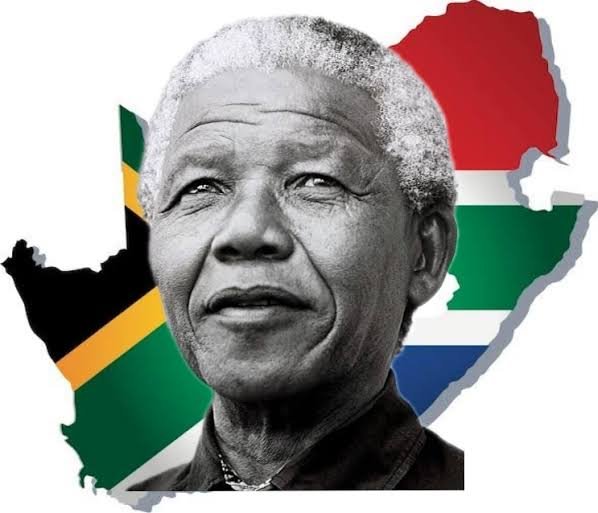
Deep Shortcomings in America’s SDG Performance
The United States ranks a disappointing 46th globally in achieving the United Nations Sustainable Development Goals (SDGs), scoring only 74.43 out of 100 in 2024. This reflects significant shortcomings across various dimensions of social equity, environmental sustainability, and economic prosperity. Systemic inequality is prevalent, with 36.8 million Americans (11.1% of the population) living below the poverty line. The wealth gap is extreme, with the top 10% holding 67–69% of national wealth while the bottom half owns just 2.5–3%. Education and economic mobility have become increasingly unequal, making the American Dream elusive for many, particularly those in low-income families. Poverty significantly affects physical and mental health, with nearly 30% of Americans relying on social safety net programs to meet basic needs. The U.S. underperforms on all 17 SDGs, particularly in areas like Zero Hunger, Reduced Inequalities, and environmental sustainability. Challenges include high greenhouse gas emissions and biodiversity loss, with the nation also ranked last among U.N. members in commitment to multilateralism. These systemic issues contribute to stagnated progress towards achieving the SDGs and reflect deep-rooted socio-economic disparities.

The Secretary-General’s 2020 Nelson Mandela Lecture: A Call for a New Social Contract
In 2020, United Nations Secretary-General António Guterres delivered the Nelson Mandela Lecture, emphasizing the urgent need for a "New Social Contract" amidst the COVID-19 pandemic. He highlighted the rising inequality, stating that the crisis exposes deep-rooted injustices and vulnerabilities, arguing that “inequality defines our time” and threatens global peace and development. Guterres linked the New Social Contract to Nelson Mandela’s legacy, stressing that the fight against poverty and inequality remains vital. He associated this struggle with the 17 Sustainable Development Goals (SDGs), particularly SDG 10, which aims to reduce inequalities. The pandemic exacerbated existing inequalities, disproportionately affecting vulnerable populations such as the poor, women, and minorities. Guterres pointed out that COVID-19 has been an “x-ray,” revealing societal fractures and stark disparities. He specifically noted the alarming rise in global food insecurity, with millions more facing hunger due to economic disruptions linked to the virus. Guterres underscored that achieving equality is not only an ethical imperative but also crucial for sustainable development and resilience. The call for a renewed societal framework emphasizes inclusion, equal opportunity, and respect for human rights, ensuring that no one is left behind in recovery efforts.

The UN Pact for the Future: Context, Timeline and Realistic Assessment
The "Pact for the Future" was adopted by world leaders at the United Nations Summit of the Future on September 22, 2024, representing a significant reimagining of global multilateral cooperation. Rooted in UN Secretary-General António Guterres's "Our Common Agenda" report from 2021, the Pact emerged from extensive negotiations aimed at addressing modern challenges and strengthening international collaboration. It includes 56 actions and two key annexes: the Global Digital Compact, which lays out a framework for digital cooperation and AI governance, and the Declaration on Future Generations, which emphasizes youth participation in decision-making. The Pact's primary goal is to create a fair multilateral system that promotes sustainable development, peace, and security, while also addressing the needs of marginalized voices, particularly from developing nations. Implementation begins immediately, with follow-up mechanisms scheduled, including high-level reviews in 2027 and 2028. The Pact builds on historical international governance efforts, following the 1972 Stockholm Declaration and the 1992 Rio Declaration, focusing on environmental and developmental principles that have shaped global efforts since then.

Agenda 2030: A Global Framework for Sustainable Development
Agenda 2030, formally known as the 2030 Agenda for Sustainable Development, was adopted by United Nations Member States in 2015 to tackle global challenges through 17 Sustainable Development Goals (SDGs) and 169 targets. Its origins date back to the 1972 UN Conference on the Human Environment, which established the link between environmental health, economic development, and social equity. The 1992 Earth Summit reinforced this framework by introducing the principle of common but differentiated responsibilities, recognizing that countries must collaborate while acknowledging their unique circumstances. Building on the Millennium Development Goals (MDGs) established in 2000, which aimed at reducing poverty but faced limitations, the 2030 Agenda emphasizes a more inclusive approach addressing interconnected economic, social, and environmental objectives. The SDGs aim to eradicate poverty, end hunger, ensure health and education, achieve gender equality, and promote environmental sustainability, among other goals. While these goals set an ambitious vision for a sustainable future, progress has been hampered by challenges like the COVID-19 pandemic, conflicts, and natural disasters, especially impacting developing countries. The SDGs seek to transform the world by ensuring prosperity, promoting human rights, and fostering sustainable economic growth for all.